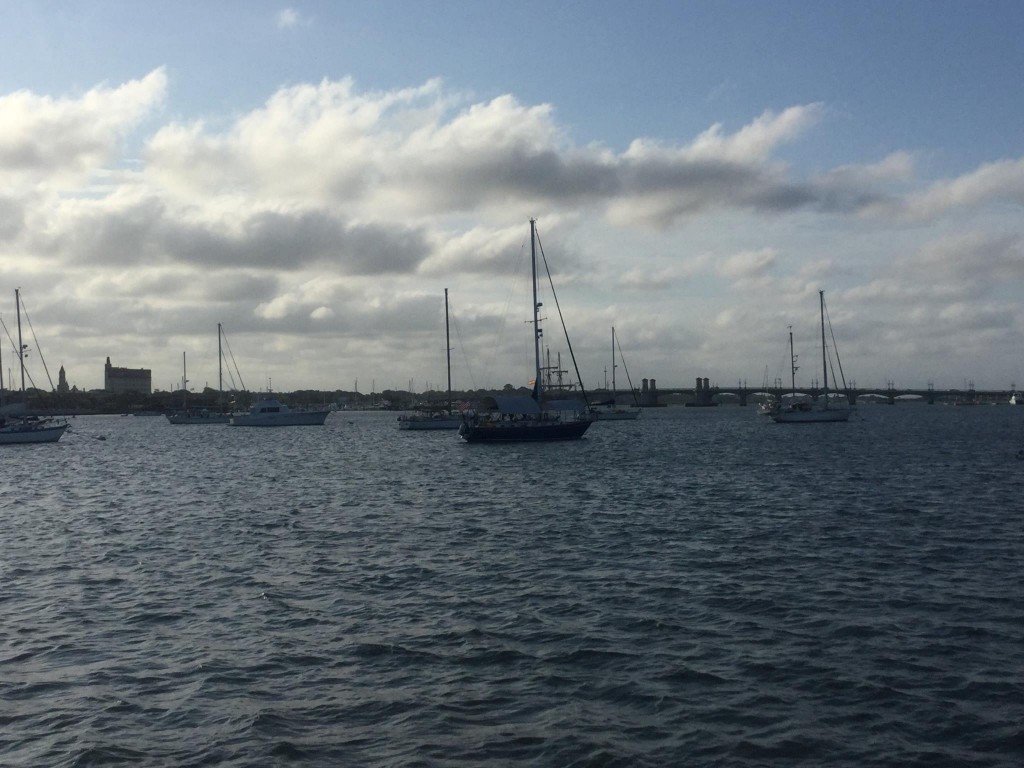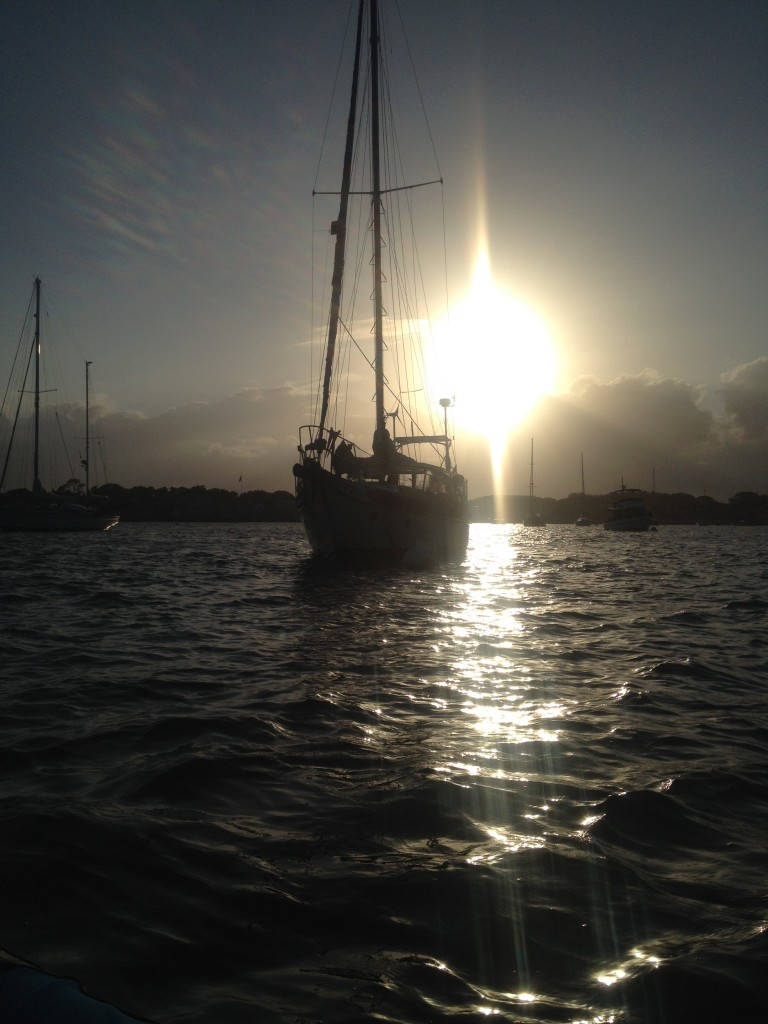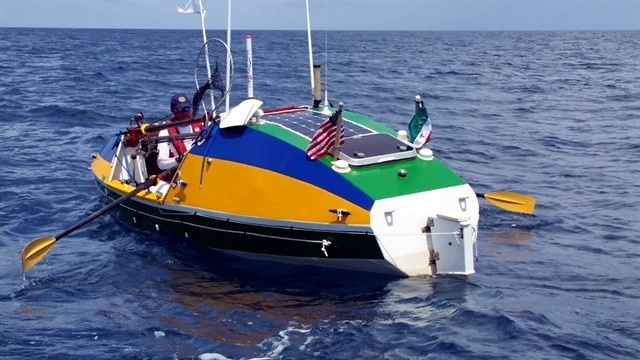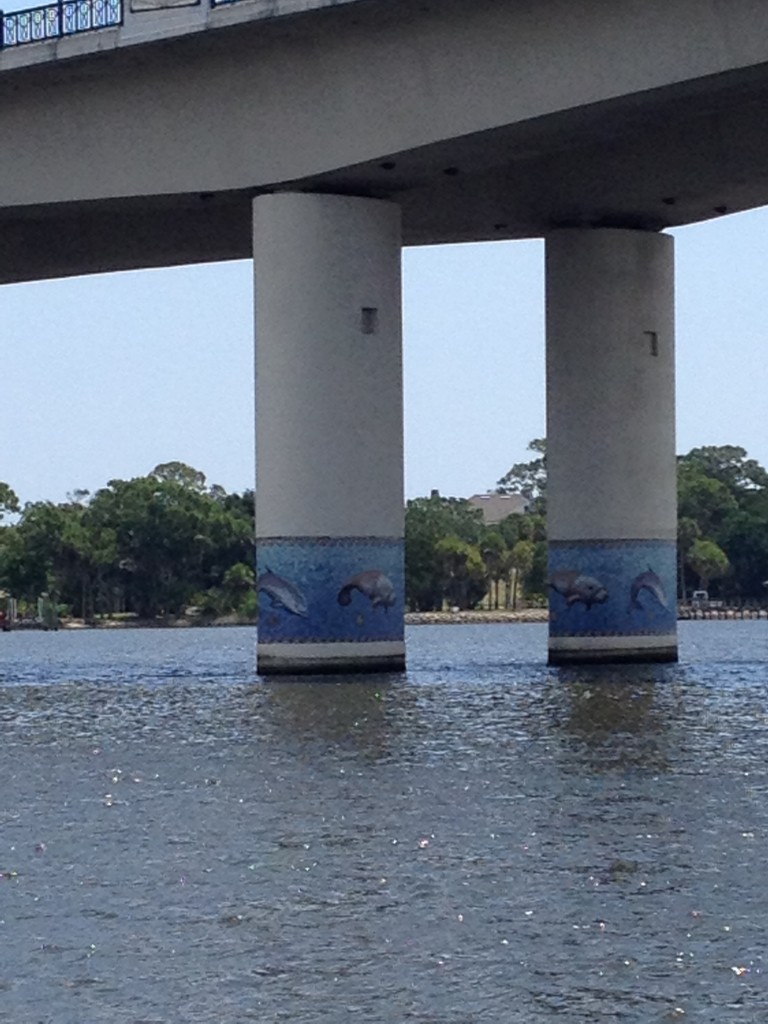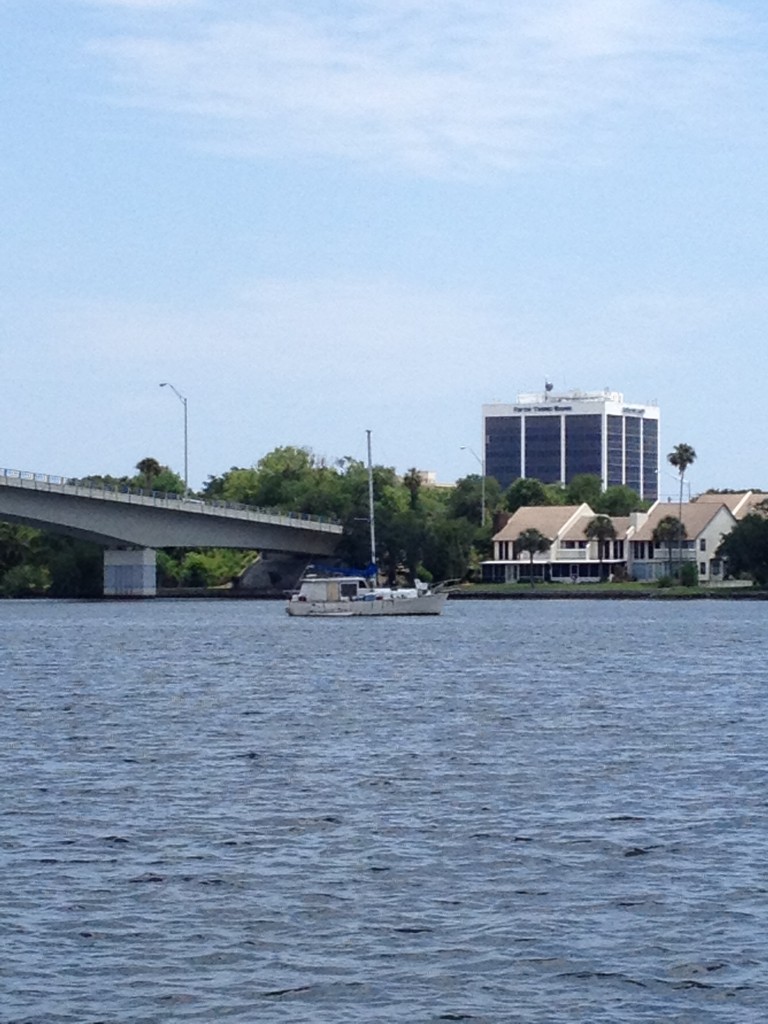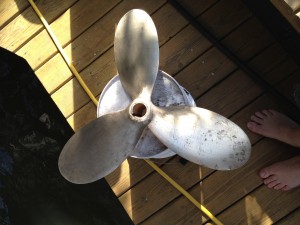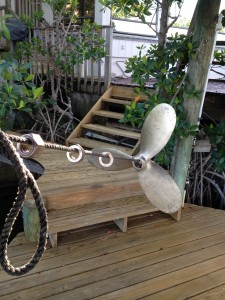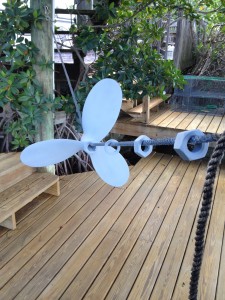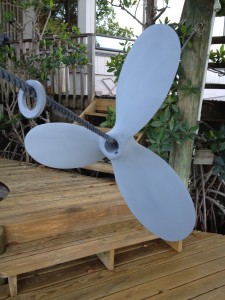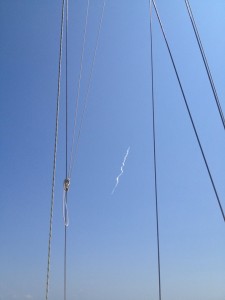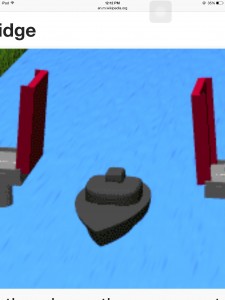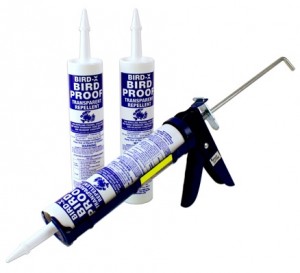When we encounter something on our boat, I realize that we generally aren’t reinventing the wheel here. I mean, there here are certain axioms in any field that have stood the test of time and been proven over and over again. One of these, in the field electronics is “Always check your ground first” ….ok, that might not be the literal way it is stated but you get my point. Most electrical (and I think especially 12 volt systems can be pretty straight forward.
Let’s say you have a 12V source and a device that needs 12V power. For this example, let’s say your device is a Chartplotter….now, this Chartplotter has worked flawlessly for about 12 months….but suddenly on the day you are scheduled to leave for a ten or twelve day trip, and it won’t turn on…..ugh
Here’s the thing about boat electronics, there is generally a fair amount of moisture in the air and that moisture can lead to corrosion on even the best protected (heat shrink wrapped, electrical taped and wire nutted) connections you can make. When it does you will experience a failure that may leave you baffled.
In this instance, you begin troubleshooting and find that the device is indeed receiving well above the prescribed 12V (which is common in a 12V system as 12v is a nominal voltage for functionality). I commonly see 12.7 to 13.0 in some of our circuits. After a short period of testing a retesting the power, you try the device….it turns on and you feel like a genius….seconds later it flickers and dies….now is the time for that saying….check your ground. The easiest way is to provide a direct link to the device from a known solid power source….and a very solid ground….a close battery or even a substitute 12V source. I keep a cigarette style power plug in my 12V electrical kit that has the wire end cut off that I can direct wire to any device to test functionality. That easily eliminates or confirms that the device is functioning as it should. You may even see a steady current using an electrical or “fluke” meter. Don’t be fooled by that into thinking your ground is solid. Meters can be much more forgiving than a device that uses power. you may even get a good “continuity” signal from the meter. Many boats have had many owners and some of these owners may not have been the best or most strict when it came to their wiring techniques. A lot of people assume if it works once it will always work which is generally not the case. Since our Chartplotter is such an important piece of gear (we get tide info, currents, calculate arrival times, read charts, obtain general information about any spot you can click on the touch screen and you can add information as you go along) it really becomes very, very useful.
The fastest and most reliable way to remedy this is to establish a new power and grounding bus bar ( In electrical power distribution, a busbar (also spelled bus bar, or sometimes as buss bar or bussbar, with the term bus being a contraction of the Latin omnibus, “for all”) is a metallic strip or bar (typically copper, brass or aluminium) that conducts electricity within a switchboard, distribution board, substation, battery bank, or other electrical apparatus. Its main purpose is to conduct a substantial current of electricity, and not to function as a structural member.) for the device. Our grounding system needs a good cleaning and some minor rewiring but since we were on a tight timetable I opted for the new bus. We wired the bus directly to one of our house battery banks and put a fuse on the positive line between the batteries and the bus bar in the event of a battery failure. There was also a fuse between the bus and the Chartplotter. If your bus bar is in an area where things are crowded (and where on a boat aren’t things close) it’s probably a good idea to put a plastic or other non conductive cover across the connection points to avoid a short. This condition could cause a fire if it happens. Even a 12v circuit can generate a tremendous amount of heat if the wires become damaged or another item capable of conducting the power comes in contact with both side simultaneously for long enough. The best example of this is a screw that accidentally pierces both sides of a wire after being driven through a bulkhead and through a concealed wire.
It helps sometimes to envision the device as a pass through for the current. The power not only needs to get in but it also needs to get out and back to the battery for the device to work as it should. If all the power that goes in can’t get back out through a solid, consistent ground you will have an issue like we did.
Once we had a solid ground, the Chartplotter worked as it always has and we were ready to depart……I hope you will also be ready if you encounter this circumstance…..check the ground !!
